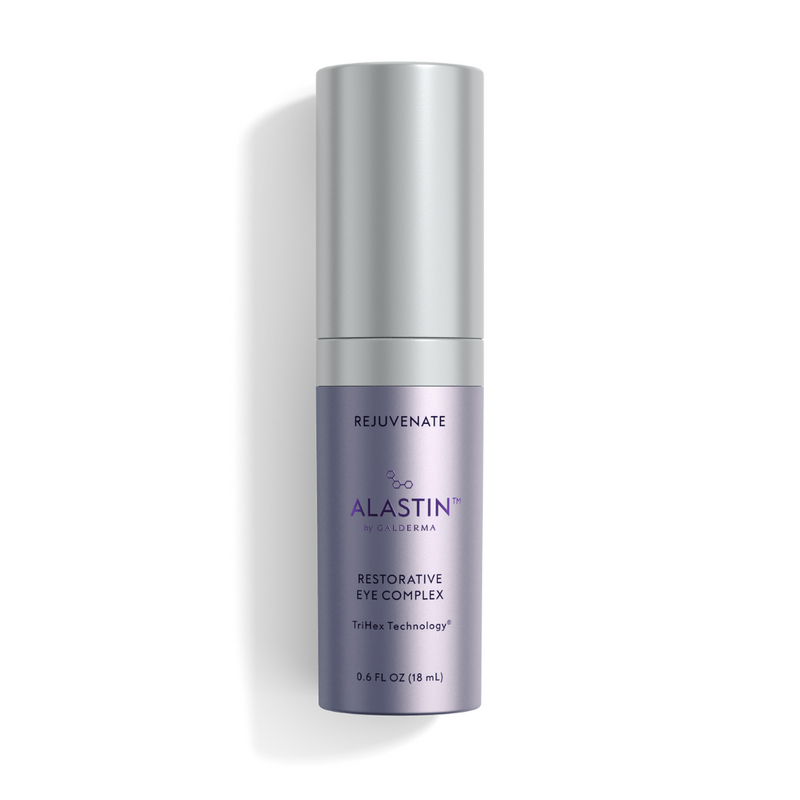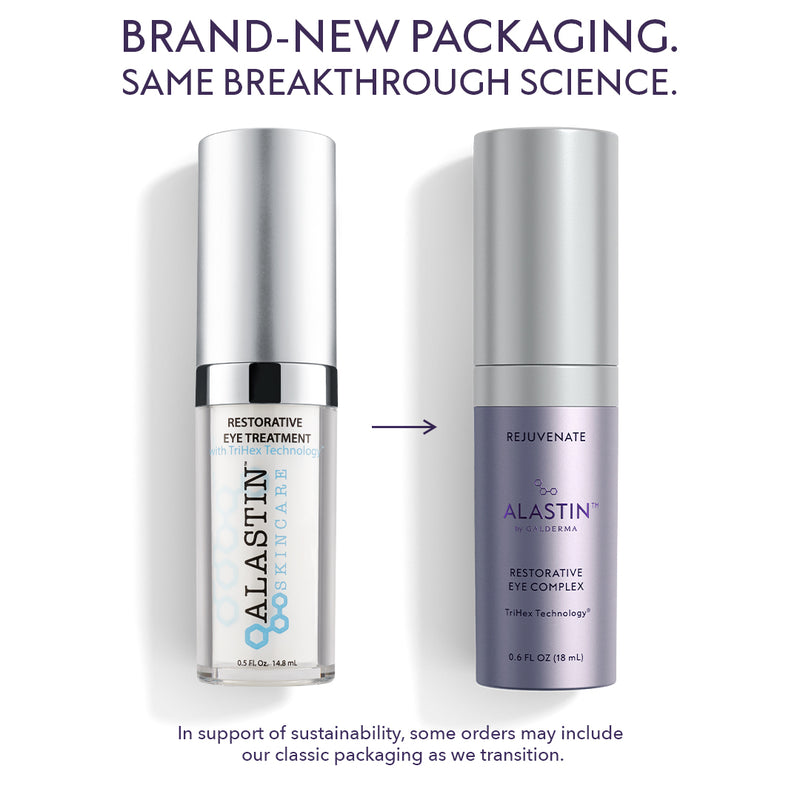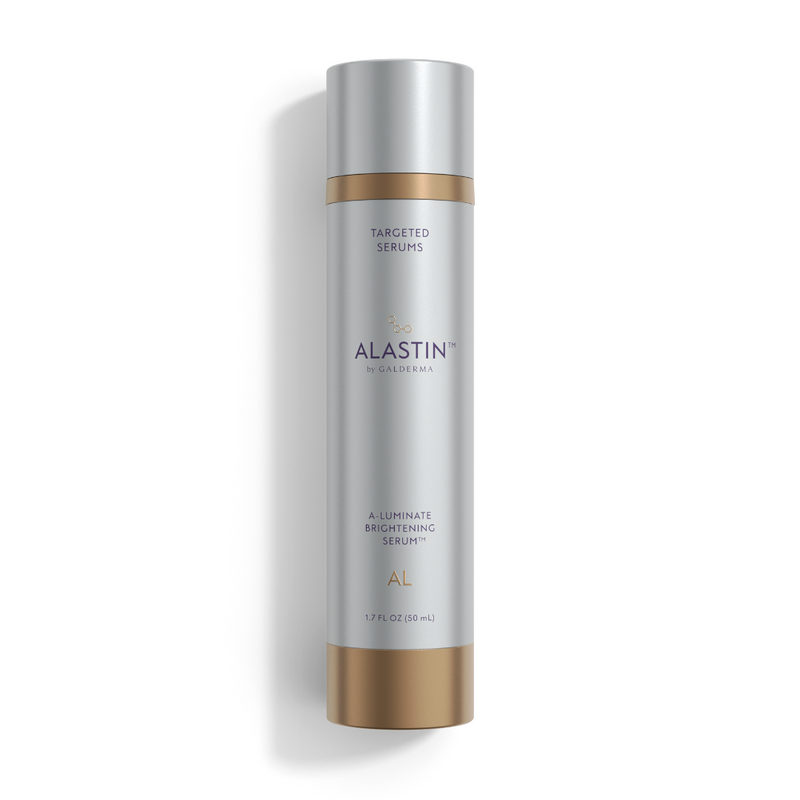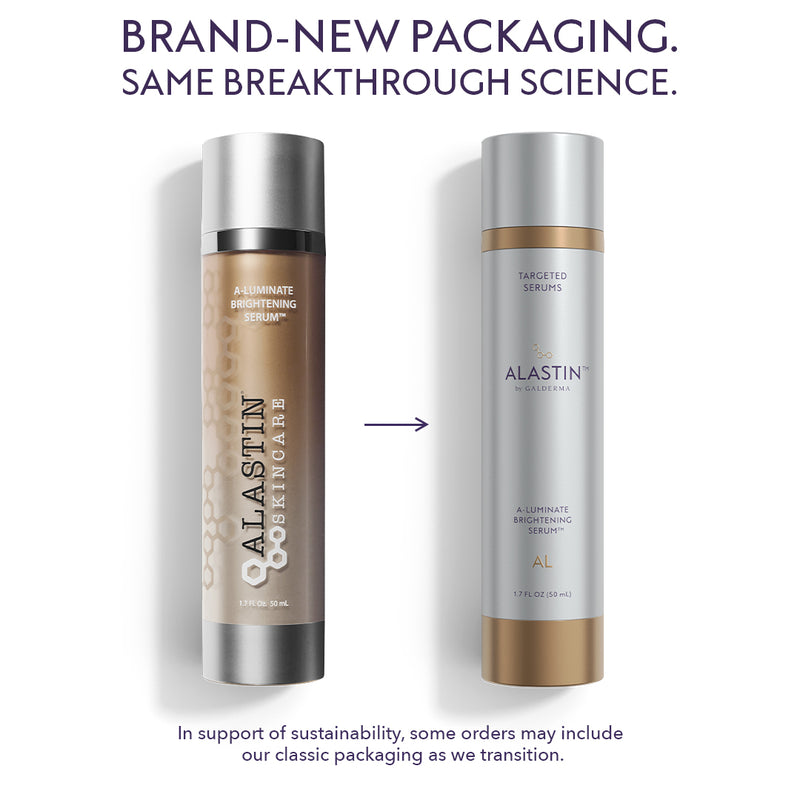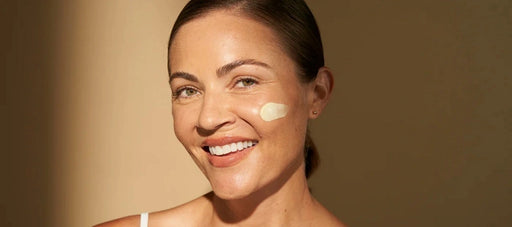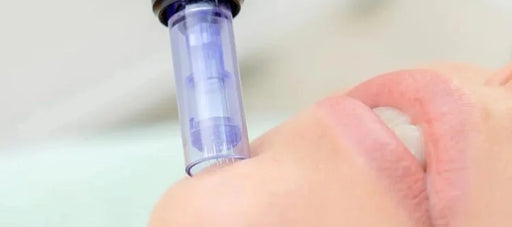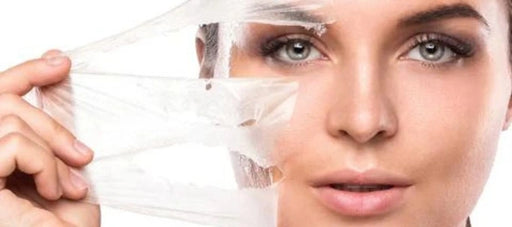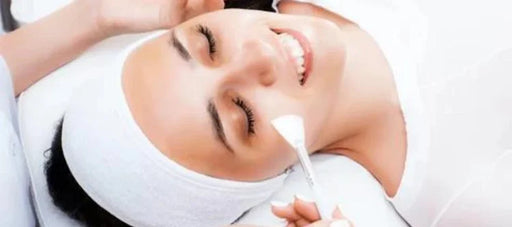You have no items in your bag
Types of Facials: Which One Is Right For Your Skin?
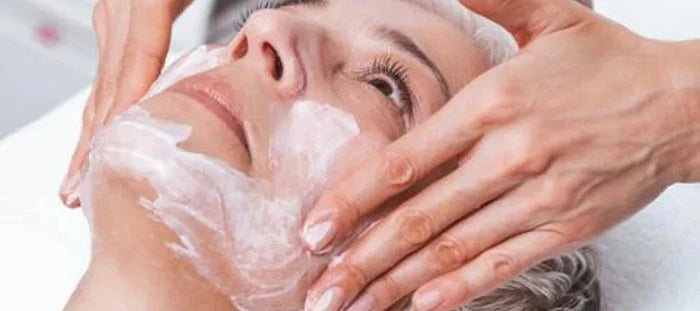
Walking outside after a facial treatment is one of the most magical feelings in the world. Your skin is glowing in the sunlight, your energy is radiating out into the world, you catch a glimpse of your reflection in the window and wonder how your skin looks like it did in your 20’s again.
When else do you leave an office feeling this refreshed?
Facial skin care treatments are a staple of self-care—not only do facials make your skin look amazing, but your mind, and even your body, feels rejuvenated. If you haven’t experienced the incredible post-facial bliss that you so well deserve, you may not be getting the right treatment for your skin type.
Whether you’re trying to find a good fit or are looking to experiment with a new skin treatment, this guide will outline the different types of facials, what they do, and who they’re for—leading the way to a healthier, happier you.
Understanding Different Facials: Skin Types and Terminology
You might be wondering, "What kind of facial should I get?" Before getting into the different kinds of facials, it’s important to understand a few key terms, consider your medical history, and properly identify your skin type.
Skincare Terms to Know
Here are some skincare terms that may influence your choice of facial treatment depending on factors like age and medical conditions:
- Physical exfoliant – These exfoliating treatments are done with scrubs that have microbeads or microcrystals or tools that suction or scrape. Since this causes micro-tears and can remove hair, if you have a medical condition that makes your skin prone to infection or causes excess hair growth, you may want to skip out on physical exfoliants to protect your facial skin.
- Chemical exfoliant – Found in anti-aging and acne prone skin treatment products (AHAs, BHAs, retinoids), these exfoliants thin the outer layer of the skin to help slough away dead skin cells and allow the chemicals to penetrate deeper. Following a chemical exfoliant treatment, your skin will be very sensitive to the sun, so schedule these treatments accordingly to avoid accidental sun damage.
- Elastin – Elastin proteins are vital for the renewal and regeneration of our skin. While they are plentiful in young skin, they start to break down during natural aging. Too much sun exposure and other environmental factors can also impact elastin production.
- Collagen – With time, the environment and aging reduce your ability to produce the protein collagen, causing your skin to wrinkle and sag1 . When people refer to facial skincare treatments stimulating collagen, that means the procedure is increasing your cell turnover rate, producing newer, healthier skin.
How to Determine Your Skin Type
Having a clear understanding of your skin type is key to getting the most out of a facial—this will tell you what types of facials you should be considering in the first place.
Here’s an easy way to determine your skin type:
- Cleanse your face and pat dry
- Leave your skin bare (no moisturizers, serums, etc.)
- Wait 30 minutes and evaluate your skin
If your skin feels parched and tight, you have dry skin. Be sure to look closely at your nose and forehead—if your skin is tight but there’s a shine on your nose and forehead, you have combination skin. If you’re shiny all around, you have oily skin.
No matter the skin type, it can also be classified as sensitive if it's dependent on a specific clean skincare routine and highly reactive to new ingredients, environments, or temperature changes.
Dry Skin
If your skin is always dry, here is what you should look for in facial skincare treatments:
- Non-abrasive physical exfoliating techniques to remove flaky, dead skin
- No chemical exfoliants that will further dry out your skin
- Thicker moisturizers with ingredients like hyaluronic acid and glycerin

Combination Skin
What’s often called “normal skin” is actually just combination skin. Since your skin is well-balanced, as long as it isn’t very sensitive, you’ll be able to handle just about all types of facials.
However, here’s what will give you the best results:
- Any exfoliation that focuses on the t-zone (forehead and nose)
- Gel-like moisturizers with extra hydration on your cheeks
Oily Skin
Having oily skin is a blessing and a curse. You don’t have to worry about wrinkles as much since your skin has tons of natural moisture, but you are way more likely to have congested pores and hyperpigmentation or dark spots.
People with oily skin should opt for facials that include the following:
- Physical and chemical exfoliants, with emphasis on enzyme treatments and vitamin C
- Antibacterial ingredients to prevent blemishes and safely balance skin texture
- Potent serums and lightweight moisturizers
Sensitive Skin
After choosing the best type of facial for your skin, you should tell your facialist about your skin sensitivity and concerns so they know what products to use and avoid.
For sensitive skin, try avoiding these common irritants:
- Fragrances
- Dyes
- Parabens
- Sulfates
- Essential oils

What Are the Different Types of Facials?
What do facials do and what does a facial consist of? Well, now that you know exactly what elements to be looking for in a skin treatment, here’s a list of the major types of facials, what sort of concerns they’ll target, and how.
Classic Facial
A classic facial, sometimes called a basic facial or European facial, is the most simple type of facial skincare treatment. It works wonders for maintaining healthy skin and is suitable for all skin types—you can easily change it up based on your skin concern or skin condition.
Here’s what a classic spa facial treatment includes:
- Face steaming
- Exfoliation
- Extractions
- Facial massage
- Masks
- Serums
- Moisturizers
Lymphatic Massage Facial
Choosing a facial that focuses on lymphatic massage is ideal for anyone who clenches their jaw, grinds their teeth, or gets tension headaches.
While it has the aspects of a classic facial, you get the added full-body benefits of lymphatic drainage, which has shown to help with the following:2
- Lymphedema
- Fibromyalgia
- Arthritis
- Chronic migraines
- Skin disorders
- Swelling
- Fatigue
- Insomnia
- Stress
- Digestive problems
Chemical Peels
While chemical peels are an invasive treatment, they are a great anti aging facial to decongest skin, reduce wrinkles, peel away fine lines and scars, lighten age spots and hyperpigmentation, and reverse photodamage.
Different types of acids in various concentrations can be used to address a wide variety of skin issues, and result in different recovery times—a light chemical peel (superficial peels) using alpha-hydroxy acid (AHAs) can heal in two days, while a deep facial peel using phenol or trichloroacetic acid can take up to six months.
Dermaplaning Facial
While microdermabrasion (a harsh physical exfoliant) is phasing out of trend-setting spas because of its common complications with infection and scarring, dermaplaning is a physical exfoliant ready to take its place. So, what is dermaplaning exactly and how does this treatment differ from microdermabrasion in terms of benefits for the skin?
With dermaplaning, a surgical scalpel is dragged against the skin removing the outermost layer of skin cells, stimulating collagen production and revealing a new layer of youthful, glowing skin. It can be done on its own but is often added before a facial to allow the products to be more effective.
Microcurrent Facial
Any treatment that uses an electrical device is called a microcurrent facial, but rest assured, it’s completely skin-safe and pain-free. The two most popular are the galvanic and high-frequency facials.
Galvanic Facial
Using galvanic currents, this non-surgical facelift stimulates facial muscles to combat signs of aging skin and contour the face. It’s one of the best facials for aging skin because results are visible almost instantly, and can be easily maintained by scheduling recurring treatments.
High-Frequency Facial
These devices produce a deep-penetrating heat that acts as an anti-bacterial and anti-inflammatory treatment. This is one of the most popular facials for people with highly reactive and acne-prone skin.
Microneedling Facial
Microneedling is an invasive treatment that makes tiny holes in your skin—here’s why these micro-tears are actually good for you:
- It causes the skin to go into healing mode, creating new skin cells and boosting collagen
- As the skin heals and tightens, fine lines and wrinkles are reduced
- Products have an easier time penetrating scar tissue and pigmented dark spots
- Treatments used throughout the facial will reach deeper layers of skin
Acupuncture Facial
Unlike the motion of microneedling, acupuncture temporarily places needles on several parts of the face to promote blood circulation. However, the results are similar, causing micro-wounds that tighten skin, minimize wrinkles, and reduce scars.
Oxygen Facial
After exfoliating and deep cleansing, vitamin-rich, hydrating serums are applied to the skin, and a device that sprays out high-pressured oxygen is used on top, infusing antioxidants directly into the skin.
Brightening Facial
Sometimes called a fruit facial, brightening treatments are used to correct uneven skin tone and improve complexion. After your skin is exfoliated, your face will be infused with vitamin C, antioxidants, and fruit enzymes.
Hydrating Facial
Specifically formulated to quench thirsty skin, hydrating facials use products that contain hyaluronic acid humectant-rich ingredients that pull water from the atmosphere into the skin—like glycerin and beta glucans.
HydraFacial
For people suffering from blackheads, whiteheads, clogged pores, or just dull skin, HydraFacial machines suck out dirt and grime from your pores like a vacuum. While this deep pore cleansing is done at the beginning of the facial, the same device can be used later on to infuse serums into the skin on a deeper level.
Light Therapy Facial
LED light therapy uses different wavelengths to cause different reactions on the skin. Blue light fights inflammation, getting rid of acne-causing bacteria. Red light promotes skin healing and collagen growth, making it a great anti-aging treatment.
How to Maintain Your Facial Results
No matter what type of professional facial treatment you choose, to maintain your glowing post-treatment results, you’ll need to have a skincare routine that nourishs, hydrates, and protects your skin.
Keep your skin healthy with paraben-free, antioxidant-rich products that have our patented TriHex Technology® like the Restorative Skin Complex and Restorative Eye Treatment—the winner of InStyle’s “Best Beauty Buys” two-years running. After exfoliating treatments, your skin will be more sun-sensitive, so you’ll need to use products with a broad spectrum sunscreen as well.
No matter what your post-facial needs and skincare goals are, our skincare products are dermatologist recommended and can benefit all types of facial treatments.
Sources:
1. “An Overview of Your Skin.” Cleveland Clinic, my.clevelandclinic.org/health/articles/10978-skin.
2. “Lymphatic Drainage Massage: How-to Guide and Benefits.” Medical News Today, MediLexicon International, www.medicalnewstoday.com/articles/324518.
$128.00


